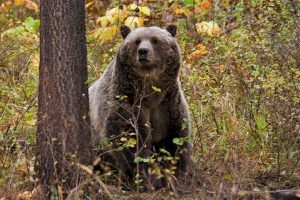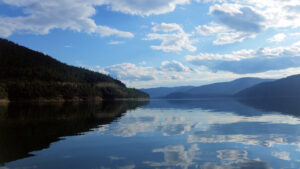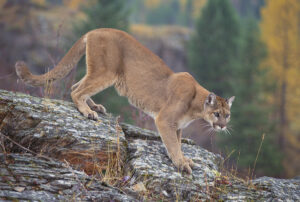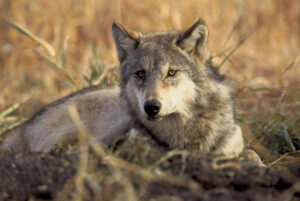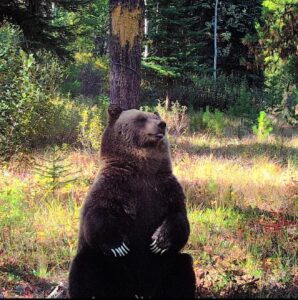 Dear friends of the North Fork,
Dear friends of the North Fork,
Alongside many Flathead conservation groups, we are asking our supporters and members to please sign the EPA petition to get CFAC and the main stem of the Flathead river cleaned up once and for all! From headwaters to main waters, you can be a part of the bigger, cleaner picture. There’s more work to come, but for now, you can learn more and sign your name to the petition by visiting the Coalition for a Clean CFAC website.
You can also read a short summary of the situation below.
Flannery Freund
NFPA President
Summary written by Peter Metcalf; lightly edited here…
We are reaching out to you about the cleanup of the Columbia Falls Aluminum Plant Superfund site in hope you may be concerned and willing to help. We are part of a growing group of concerned citizens who are pressing for a complete cleanup of the approximately 1.2 million cubic yards of contaminants that remain on site. It’s a doozy of nasty chemicals, including cyanide, fluoride, arsenic and selenium. The proposed “cleanup” plan would leave all this waste on site where it can potentially leach into nearby drinking water wells or the Flathead river. Rather than restored or redeveloped, the 960-acre site would be mostly off limits to future human uses. For years the local citizens and the elected leaders have consistently asked for the waste to be removed. But CFAC did not analyze this option during the feasibility study. The company simply dismissed it as too costly and too disruptive to local communities to truck the waste and too costly. (They conveniently glossed over the fact that for nearly 20 years they removed toxic waste by the existing rail line to a hazardous waste landfill out of state.
We are at a critical juncture. The EPA is reviewing the proposed plan and expects to issue a decision this spring. We are trying to get the EPA to stop their decision making process and require a full cost-benefit analysis be conducted before issuing a final plan. We are also trying to organize a community visioning process to help determine the future uses of the site. So how can you help?
- Please sign the petition to the EPA on our Coalition’s website.
- Please share the petition with others. You can do so by forwarding the website link or by passing along the flyer and paper petition to collect signatures (linked below). We need as many signatures as possible.
- Contact our elected officials (especially the county commissioners) and ask them to tell the EPA they do not support the proposed waste-in-place plan.
Flyer & petition document links:
Coalition for a Clean CFAC flyer
Petition to the EPA

